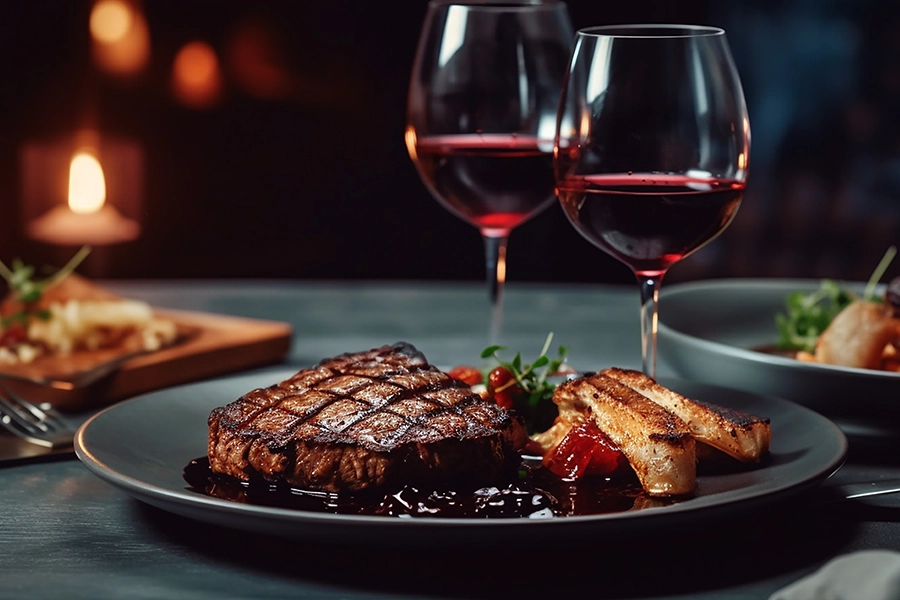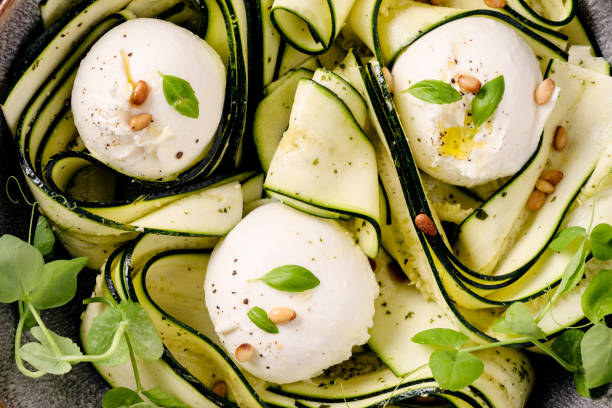Jacket Potato Recipe
Cooking a jacket potato is more art than science, but some tricks can help you win. What is your favorite method?
Jacket potatoes are the ultimate winter convenience food – my modest circle of friends includes a lady who was sent to school with one wrapped in foil as a hand-warmer-cum-packed-lunch and a triathlete who eschews the pre-race energy bars and powders beloved of his fellow competitors in favor of a simple spud; easier to open. These potatoes are loved by everyone, from the outdoorsy types who can build a campfire in minutes to Saturday shoppers. The jacket potato cart, often Victorian-themed, is standard in many towns on Saturday afternoons.
This weekend, the country will see thousands of Britons grimly munching on charred remains. This is Guy Fawkes, the unofficial patron saint for the burnt potato. Ovens were created for a reason. Let anyone miss the joy of digging in ash to find that last spud.
The secret to the perfect jacket potato is in its name. While any baked potato can be deliciously fluffy inside, getting that crispy skin requires skill and patience. You must do this promptly, probably why many high-street potatoes are so dry. However, Nigel Slater warns that a good baked potato is more luck-based than it is about planning. You can follow all the rules, but food sometimes does its own thing. Sometimes, cooks have just to let their fingers run. It’s true, but it can help you improve your chances of success by learning the rules first.
Simple and straightforward
There is no dispute about which potato is best for baking. The billowing, cloud-like flesh of the potatoes is reserved for floury varieties like King Edward or Maris Piper. Some people, such as Nell McAndrew, believe this is all you need to bake potatoes. I give it another try. The floury potato is baked at 190C for 50 minutes until it softens when I press it with asbestos fingers. The inside is good, but the outside is a disappointment. It reminds me strongly of a Russet Apple. This is the last cooking advice I received from a glamour model.
Salt and water
Nigel Slater keeps it simple. According to where you get your potato, washing it might be necessary. After that, dust them with sea salt while still wet. This gives them a crispy and savory texture. It has a distinct crunch and can be prepared with just a bit of butter. I also experimented with coarse salt and found that I prefer the crunchiness, even though the coating could be more relatively.
Oil and salt
Sometimes it can be tempting to believe that fat will make everything better. It’s pleasing to me anyway. It’s true, at least when it comes down to food. The BBC’s perfect potato was a winner. It is rubbed with oil and salt in the same way as a Turkish bath.
I use British Rapeseed Oil because olive would be against the entire ethos of this dish. Although getting a uniform coating of salt on a potato is more challenging than with a dry one, the result, when baked, is better – almost as if the sunbeds were used. However, the results are the same as Nigel’s: crisp on the outside and fluffy inside, so the added fat seems to have been a minor benefit.
Basting
I refuse to give up the idea of fat, so I also tried buttering a potato before and during cooking. Chowhound.com suggested this. They offer bacon grease or duck fat as alternatives. However, it takes longer as the potato needs to be tended to every quarter-hour, which leaves little time for Nigel Slater’s suggestion of taking a hot bath and enjoying a drink while the food cooks; I am impressed by the results. The skin is crisp enough to be called a shell, and the interior is perfectly cooked. The problem is that most of the salt is lost during cooking.
Brining
Another tip was to brine – considering what it does for bacon, it is interesting. Guy Fieri, an American TV chef and self-described “culinary gangsta,” gives a recipe to “The Bomb Bakers.” It calls for potatoes to be soaked in 1 part salt to 8 portions water for 2 to 7 hours.
I do one for each time and the other for the maximum. Then, I roll them in salt as directed. This is even though these potatoes contravene many government health warnings. They are flabby after being submerged in water for so long, but they meet Nigel’s standards. However, I don’t detect any flavor transfer to the flesh. How much flavor is due to bringing and how much to salt’s outer crust needs to be clarified. So I bake one-third and brine it for three hours. Then I roll the other half in salt. The salt-free half has a more pleasant flavor but is less crisp. This makes the whole process pointless.
Methods
The world is divided, as with sausages. While the nay-sayers say that the steam keeps the skin from becoming crisp, the supporters of the method point out that it prevents the potato’s skin from exploding. Although I have never been the victim of an angry potato, I know it can be a nightmare. I will continue to do this, as I found no texture problems from piercing the skin. Some believe potatoes should be cooked on a wire rack rather than a baking sheet to allow air to circulate. This helps prevent a slightly clogged base but has no other effect.
In terms of temperature, Nigel Slater is ahead of Delia. He believes they should be cooked at 200 to 230C. She knows better. She confides that she used to bake them in a hot oven, but over the years, she has learned that they need slightly less heat and a longer cooking time to get the crunch.
My oven temperature is 190C. I cook mine at that temperature but turn the dial to 220C for the last one. Then I place my salt-crusted, damp victim on the middle shelf. It is a fairly average size, so I set the timer to run for an hour, as suggested by Nigel. However, it still takes 15 minutes to cook. It is perfect: A crispy, salty, crackly shell that splits in steam when I give it another thump to reveal a snowy interior with impeccable fluffiness.
The perfect jacket potato is simple to make. It should be a floury variety with a crust of salt and take longer to bake in the oven. But devour it before it gets soggy.




Post Comment